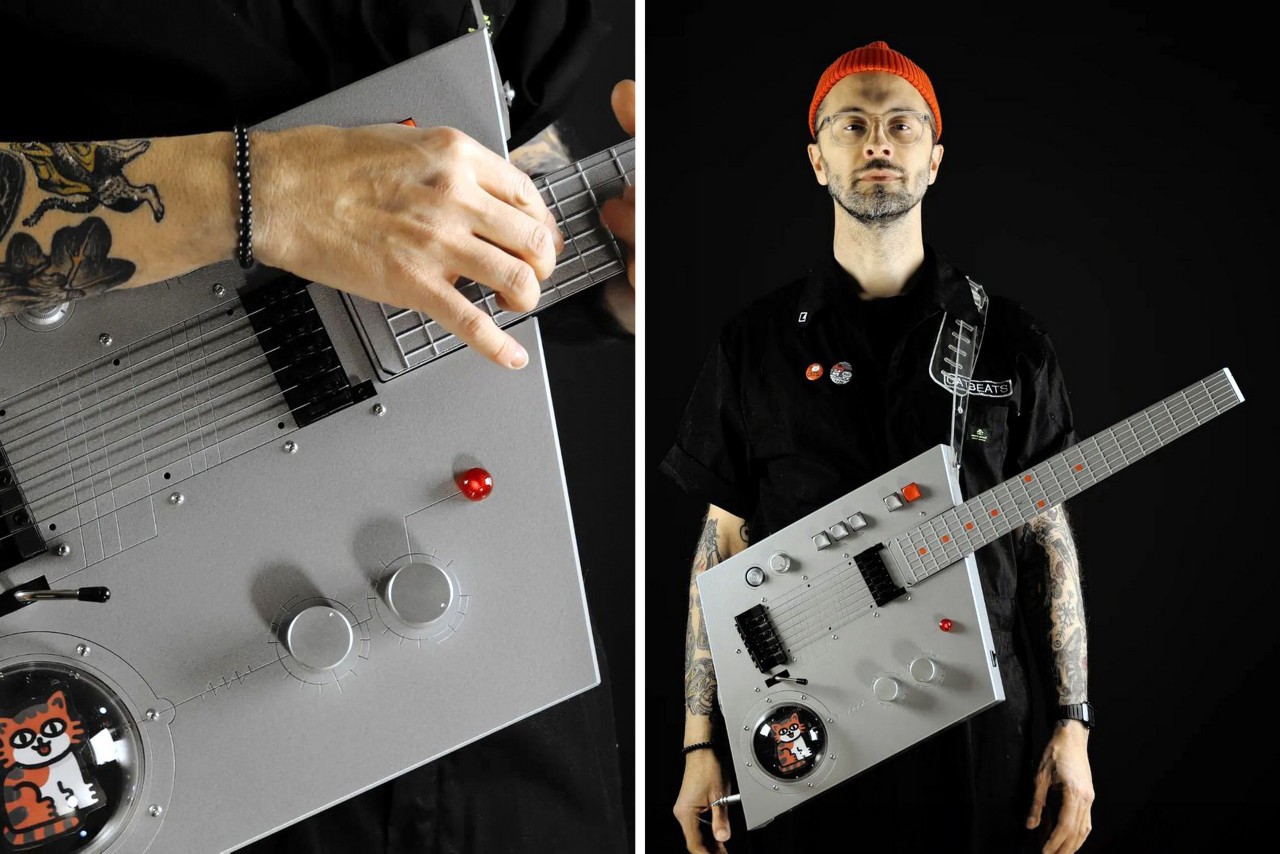
Nobody has destroyed, rebuilt, and reimagined the notion of synthesizers as much as Love Hultén. The maverick synth-maker is credited with designing some of the most incredible-looking electronic music machines out there (we’ve covered a fair few), from synths and loopers to modular electro units and even some record players and arcade games on the side. The Sweden-based music aficionado and synth-builder kicked off 2024 with a new project in collaboration with ‘catbeats’. Although this particular device doesn’t have a name yet, Hultén mentioned that it’s a unique-looking MIDI guitar that has a NESpoly synth on the inside, and a detachable fretboard that makes the entire apparatus easy to travel with.
Designer: Love Hultén
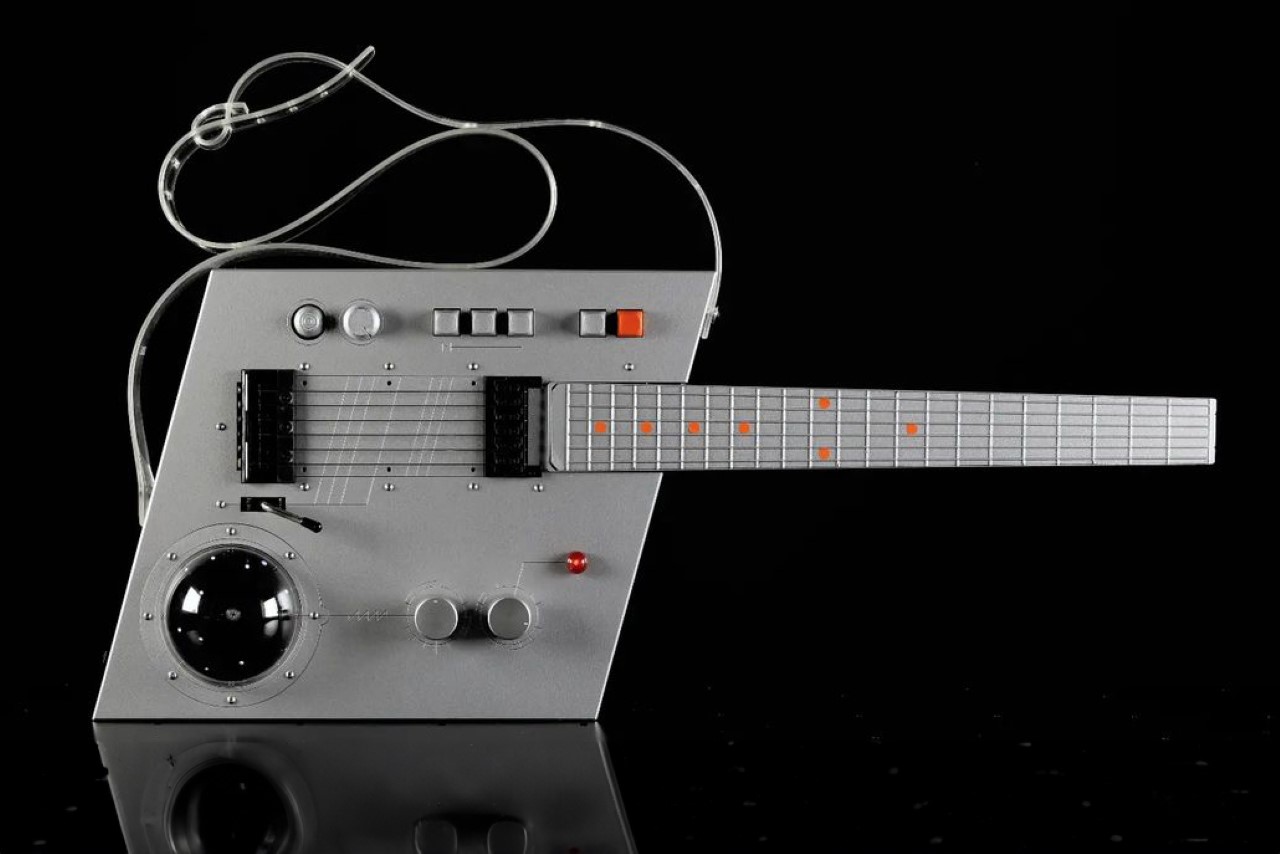
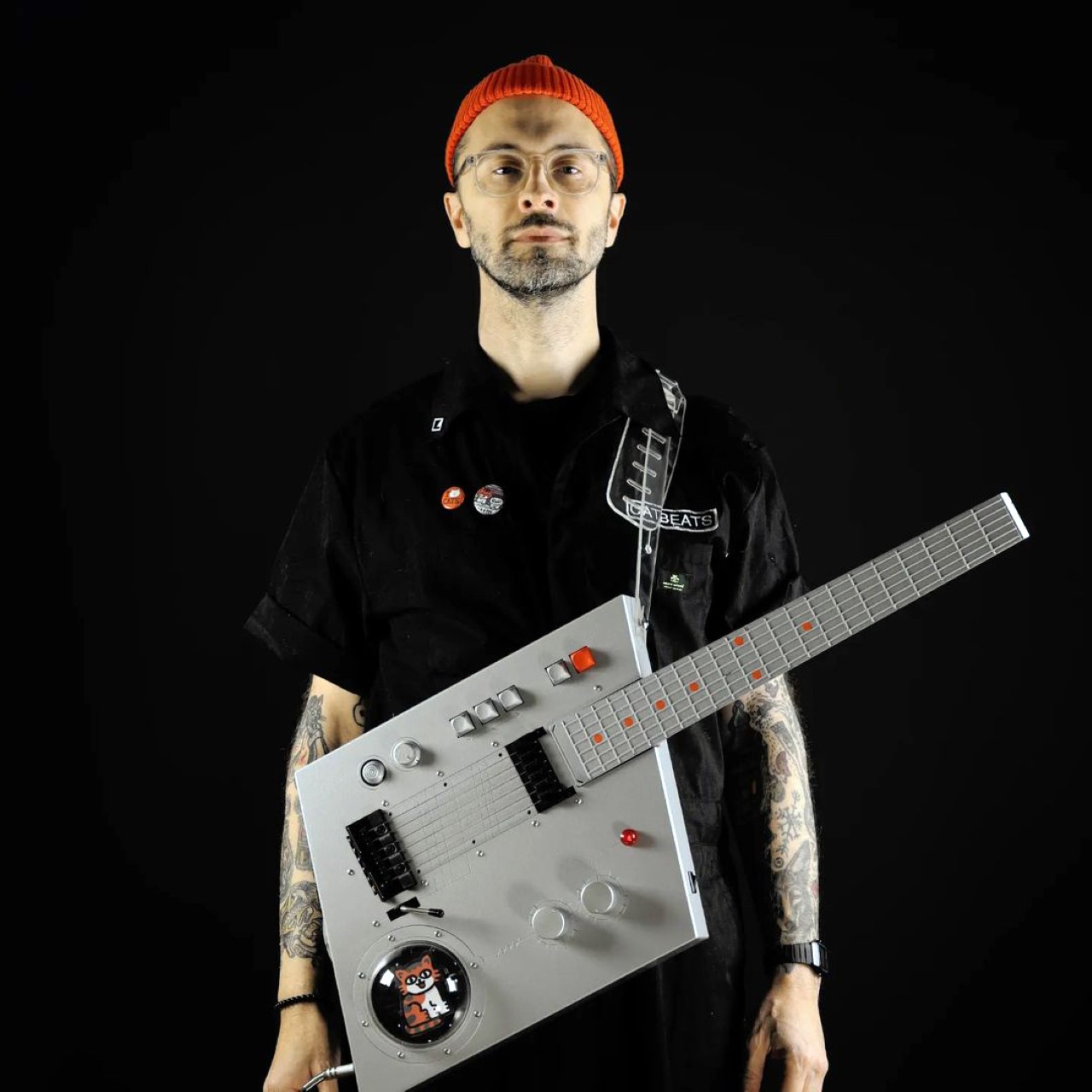
The unconventional design of the MIDI instrument is just about as much of a hat top to a guitar as possible. It does have a fretboard that triggers notes, and a dedicated strumming section for chords and such, but you’ve also got a variety of knobs and buttons that loop, modulate, play/pause, and increase/decrease the gain of what you’re playing.
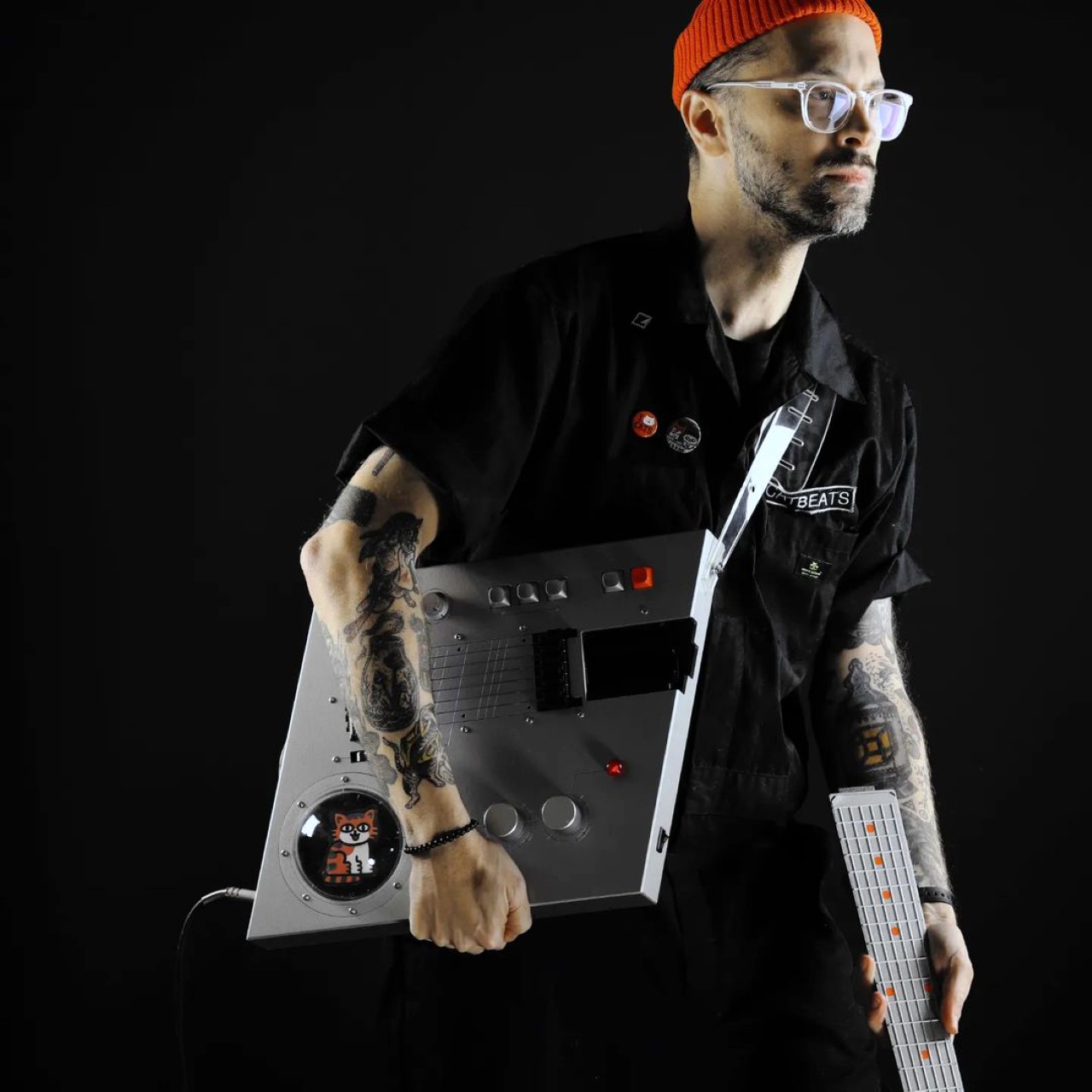
The entire design can be disassembled for travel, and features a few quirky details made specifically for the user. Given catbeats’ obsession with felines, the guitar has a cat avatar in the bottom corner underneath a removable clear dome. Reminiscent of those cat backpacks that have the pet behind a clear plastic structure, the dome can be removed to access the tiny avatar underneath, and the avatar is made to be replaceable too, allowing you to swap out cats based on mood. Hultén also details that the guitar’s strap is made from ‘extraterrestrial skin’, although that’s just fancy wording given that the strap’s crafted from a clear flexible plastic sheet (or maybe aliens have better skincare than I do)…
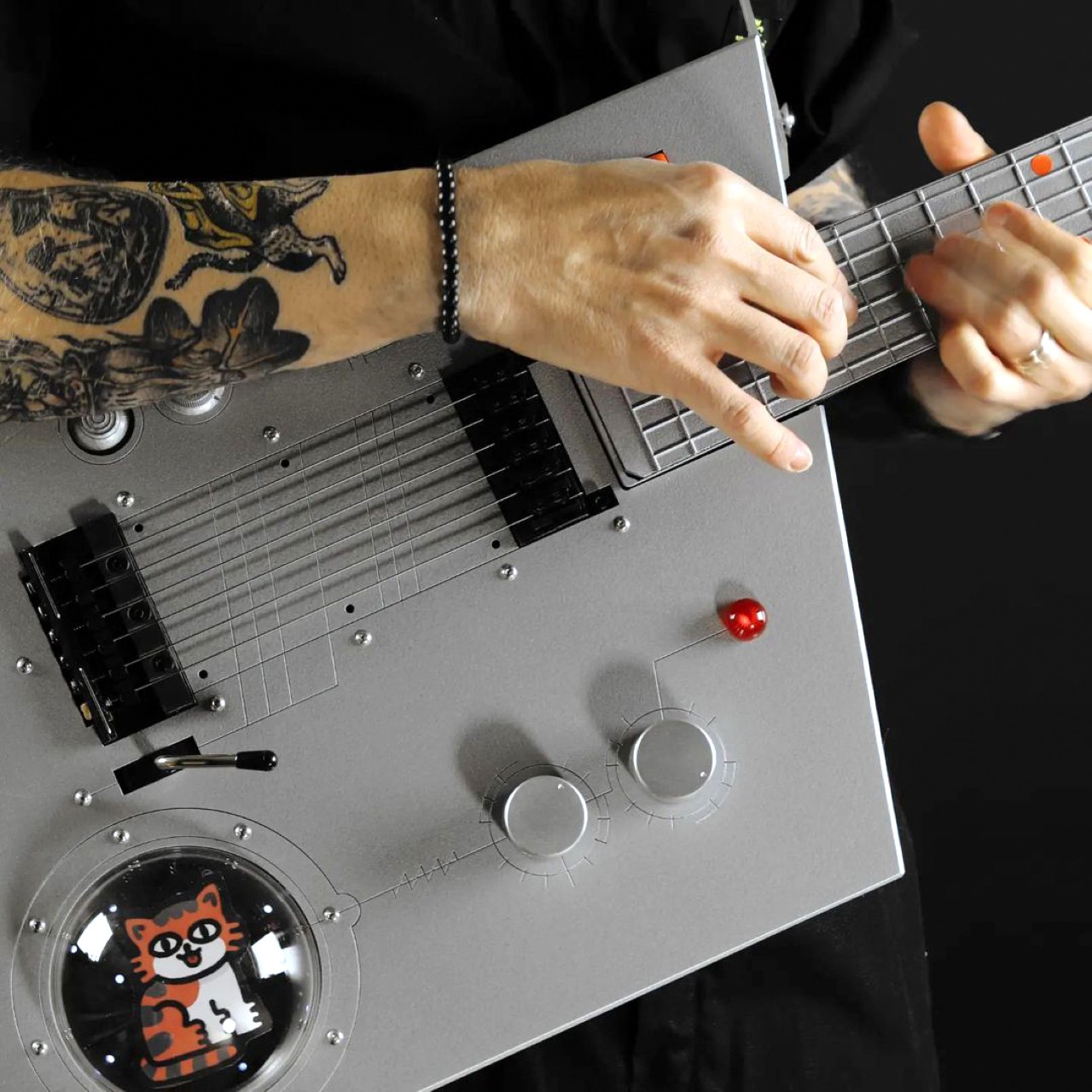
MIDI guitars are unusual to come by, although if I did expect them, it would probably be from Hultén. The Gothenburg-based artist has worked on some rather unique and inspiring electronic products, from a circular Game Boy to a synth made from plastic dentures. Sure, this guitar doesn’t feature too high on Hultén’s weirdness scale, but it’s a remarkable representation of how his brain works.
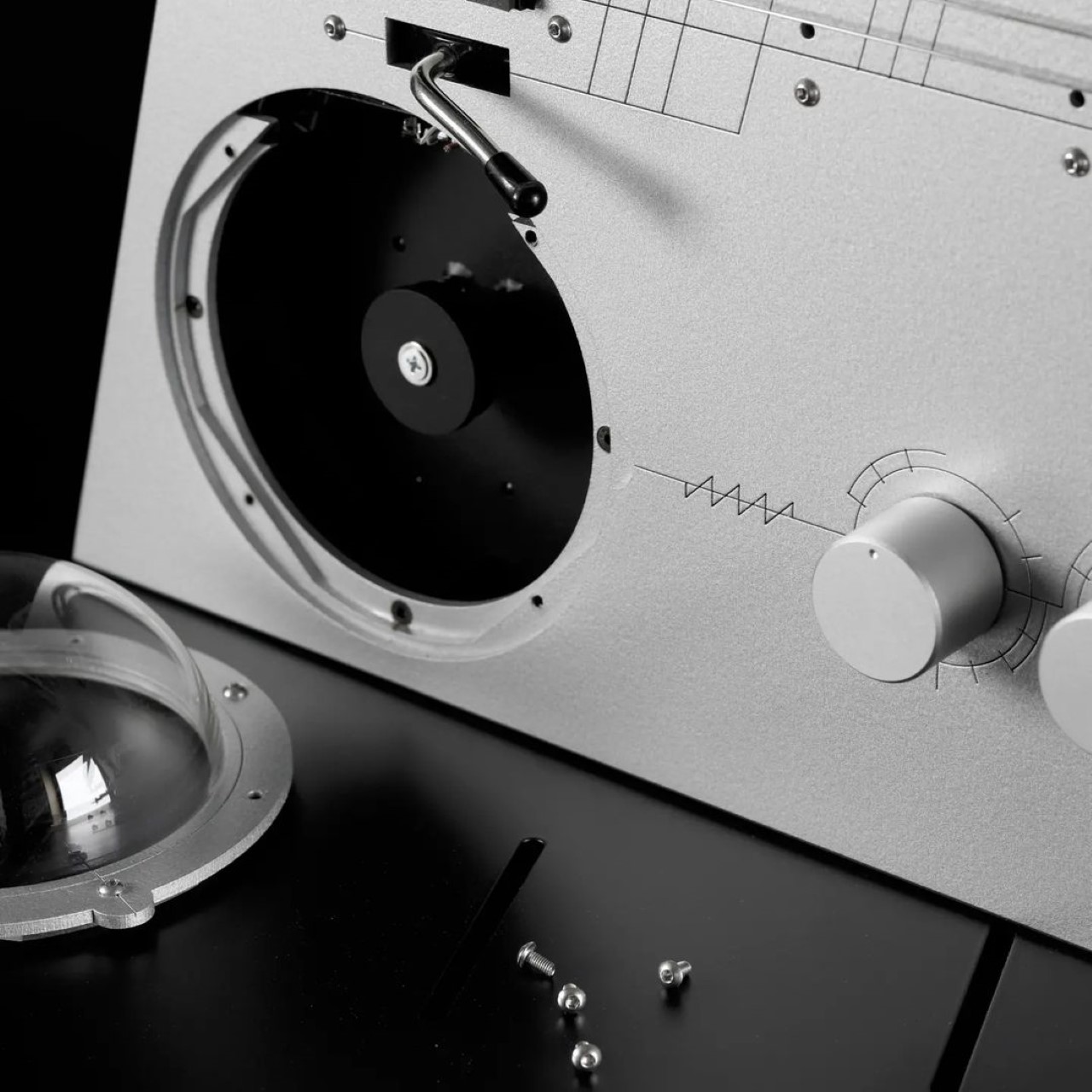
Close-up view of the avatar area and the removable plastic dome.
The post The “Willy Wonka” of musical instruments created this oddly appealing portable MIDI guitar first appeared on Yanko Design.